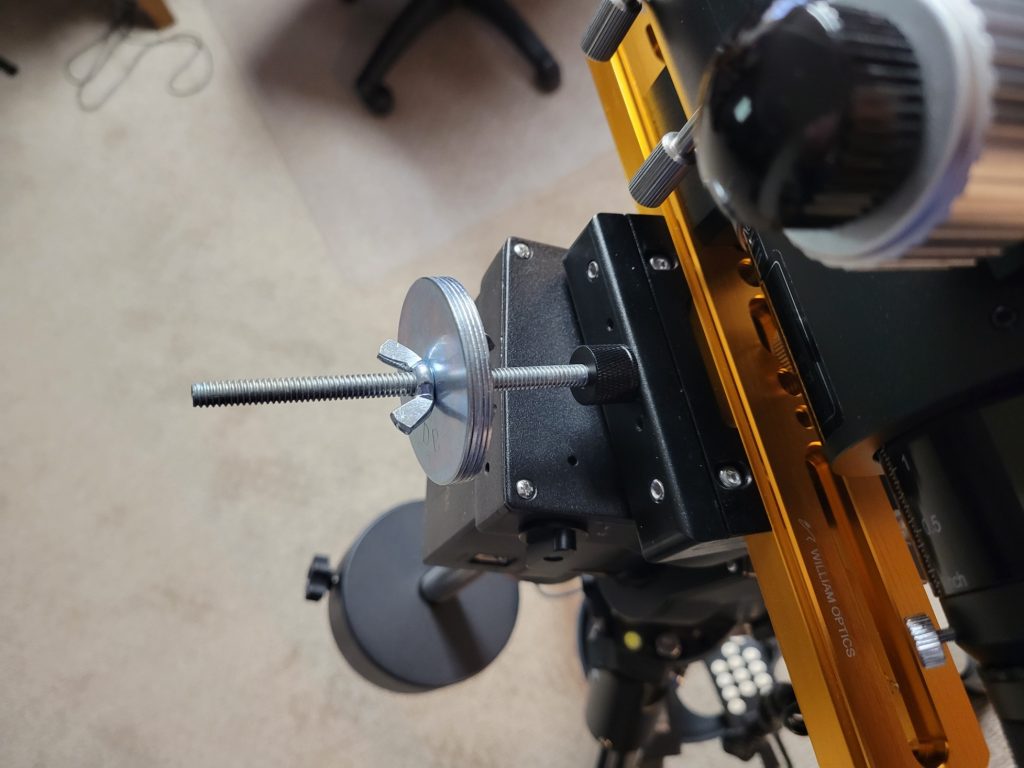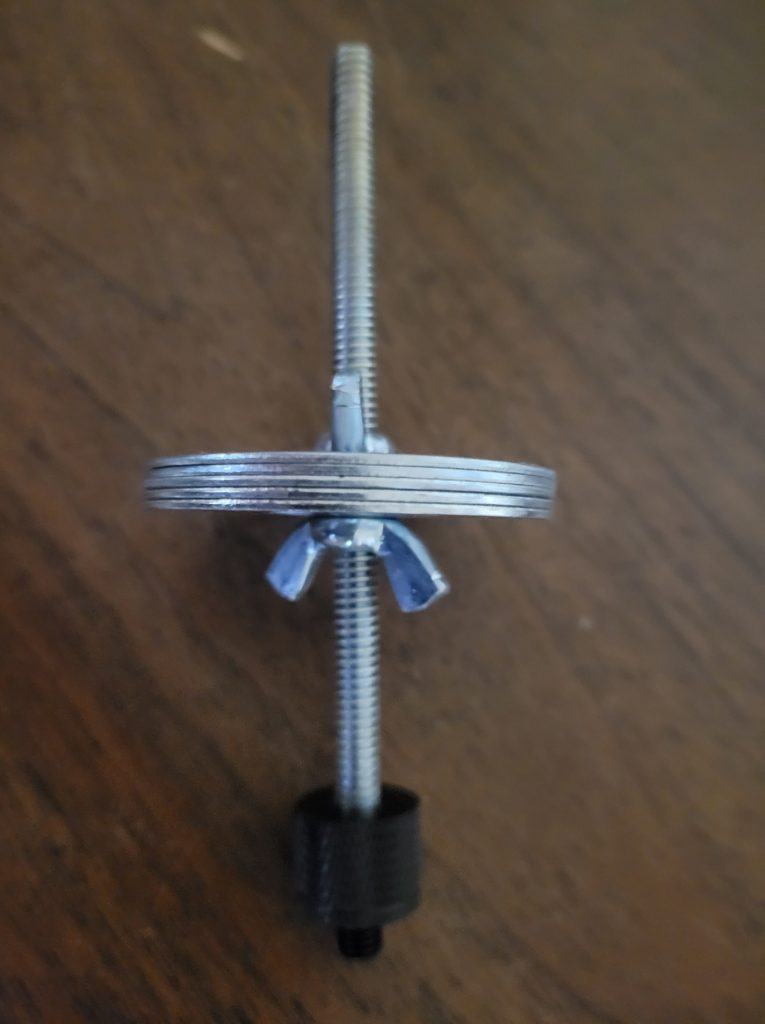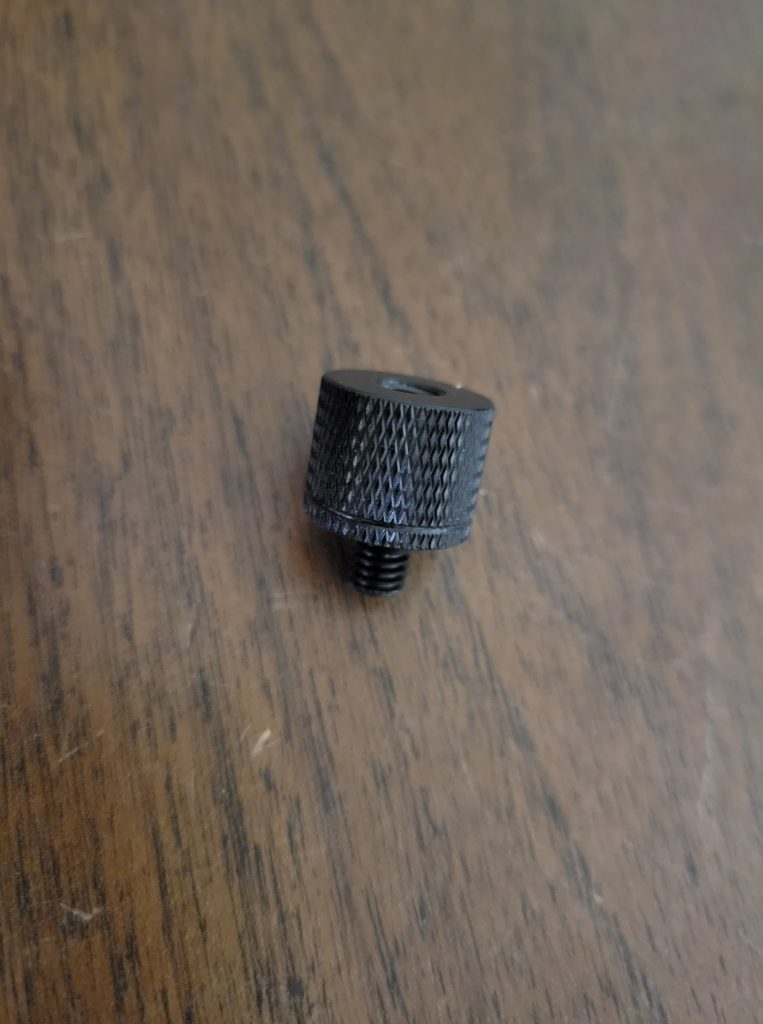iOptron mounts (at least my GEM45 and GEM28 mounts) can be a little finicky balance-wise because they turn so freely and easily on their axes when the locks are disengaged. I’ve found that I get the best performance with these mounts when I balance them in RA and declination and then also on the so-called “z axis”. When I first heard about z-axis balancing I was a bit skeptical and didn’t really understand what it was or why it was important.
Ideally, when you balance your equipment on your mount, the center of gravity of the system should be located precisely at the point where the RA and declination axes intersect. If you can achieve this, then you should be able to place your telescope/mount in any orientation and it should stay in that orientation (with the clutches or locks disengaged). If it moves on its own, something is out of balance. What makes achieving this so difficult is that your telescope tube, with its accessories like focus motors, filter wheels, and other things, will have its center of gravity located somewhere to the left or right of the center line of the tube, and that means that it will favor a certain orientation where the center of gravity is closest to the ground. To counteract that, you can add an additional weight on the other side of the telescope tube that will move the center of gravity to the center of the tube.
iOptron sells a z-axis counterweight for my GEM45, and it has worked nicely for me. But there was no such thing available for my GEM28, so I had to get creative. The GEM28 has an M6-threaded hole on the side of its saddle, and I thought that if I could insert some threaded rod there, I could use some large washers on the threaded rod as a counterweight. I found an adapter on Amazon that allowed me to use regular 1/4″-20 threaded rod for the job, and I got the threaded rod and some 2″ diameter washers (and a couple wingnuts to hold them in place) at the hardware store. The result is what you see in the image above, and it’s very versatile in that I can easily change both the size and position of the counterweight simply by adding or removing washers (three washers weighs about 2 oz) or moving them up and down the threaded rod.
It’s worth mentioning that many folks will intentionally mis-balance their scopes on the RA axis to make them either slightly telescope-heavy or slightly counterweight-heavy, by first achieving the best balance they can get, and then moving the RA counterweight up or down slightly. The purpose of this is to take up the backlash in the RA axis gears. Z-axis balancing is still applicable in this case.



